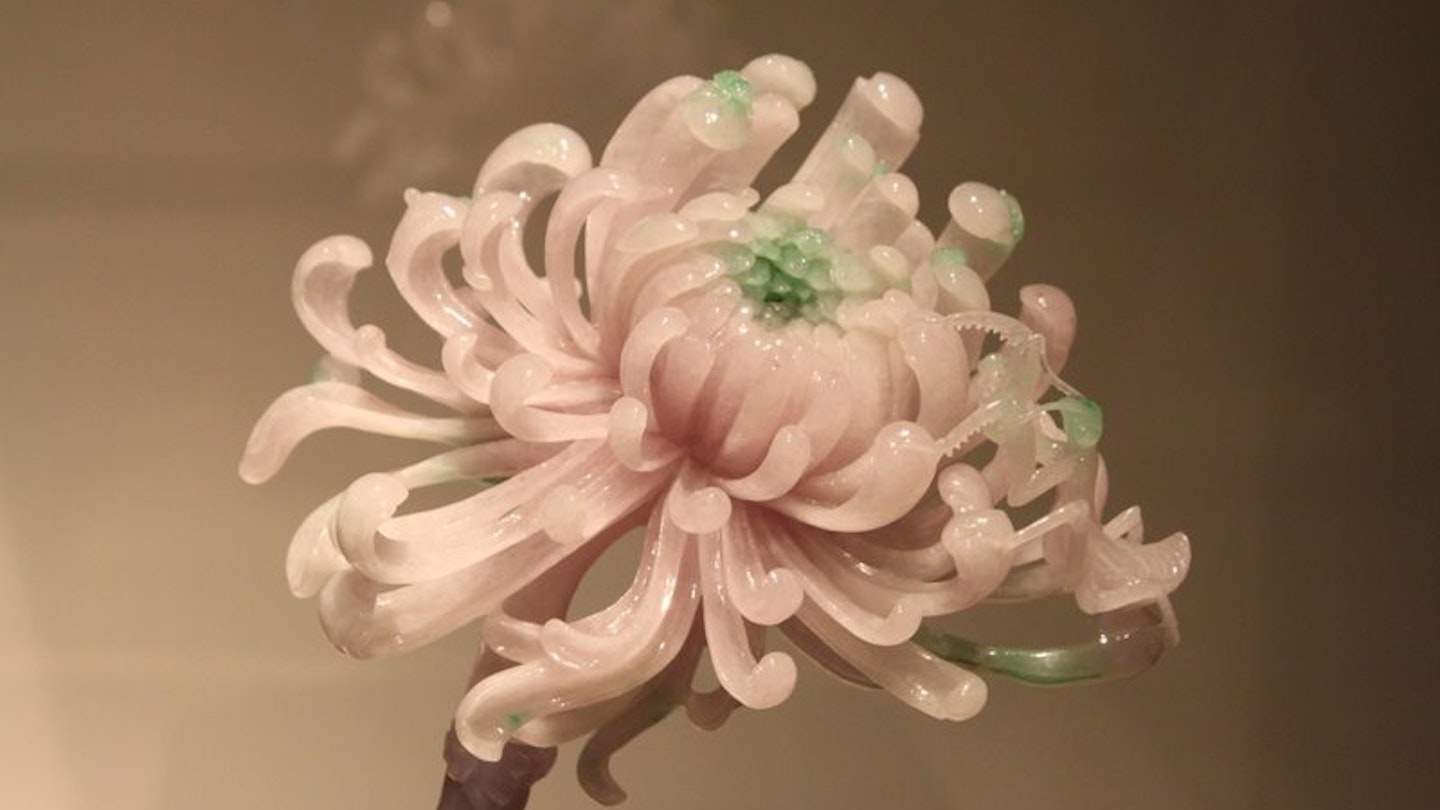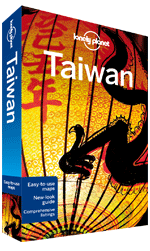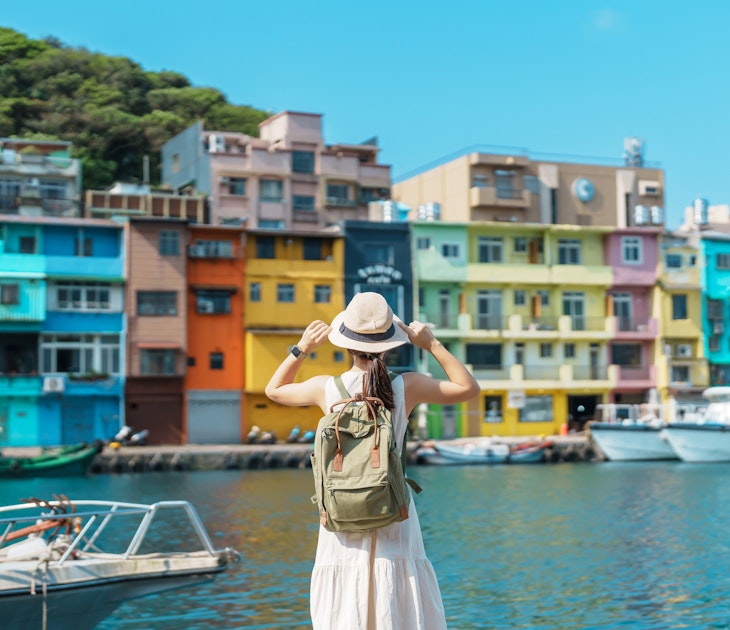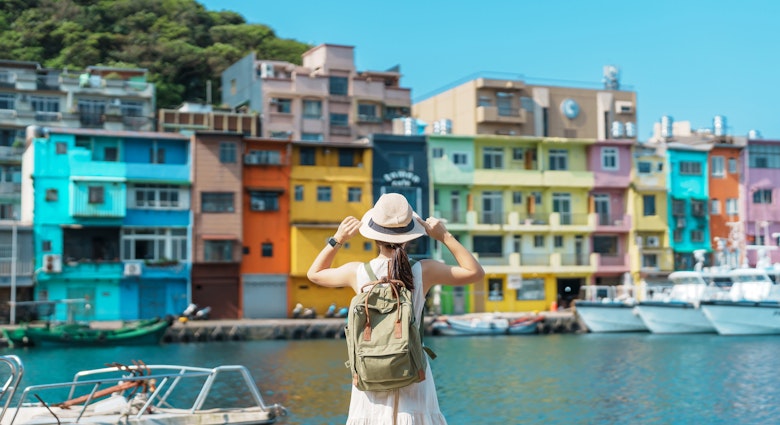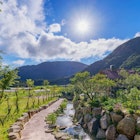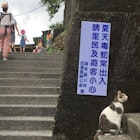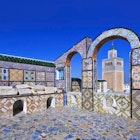Valued throughout Asia for its beauty and elegance, jade is an especially desired keepsake for visitors to Taipei, which has hundreds of stores specializing in jade as well as the colossal weekend Jade Market. As a long-time resident of Taiwan, I’ve been asked on more than one occasion to accompany visiting friends to purchase jade, always declining due to my lack of anything even approaching expertise. So it was good fortune indeed to be invited to take a brief course in jade identification given by the gracious Roxanne Tu, Senior Gemologist at Taipei’s Museum of Jade Art.
Roxanne brings out a velvet lined box of nine jade bracelets and announces that we’ll be starting with a test. 'Only three of these are real jade. The others are fake. Can you tell them apart?' The bracelets passes from hand to hand, and are held to the light, examined by five pairs of eyes. When we have separated them, using nothing more than beginners instinct (disqualifying ones that look too real to be true, for example), Roxanne smiles. She does not tell us whether we’d chosen wisely or not. Instead, she asks us if we are ready to learn about jade.
Jade chrysanthemum at the Taipei Museum of Jade Art
'In the jade world, we use a special machine to scan a piece, a machine that measures the spectrum of light as it goes through the jade.' Roxanne shows us two documents of jade authenticity, each of which has contains a boxed line graph. 'The lines represent light passing through the stones.'
One line is a smooth arc. The other a jagged line, like the edge of a steak knife.
'The first graph, this is the spectrograph of a piece of true jade. And the second, that’s a fake. It might look pretty to the eye, but it isn’t real jade. If you are looking at a certificate belonging to a piece of jade, it is the first line that you want to see.'
'Fair enough,' I say, 'but what should the casual shopper be looking for?'
Roxanne takes a second black velvet lined box out, one containing several pieces of translucent jade of different shapes, colors and sizes. She takes one jade bangle, a light piece clearly designed for a woman quite slim of wrist, and dangles it from a string.
'Listen,' she says, and strikes the piece gently but firmly with a 10NT coin. The resulting sound is a light plink. She then dangles and strikes a second bangle. The result is a dull thud. Our group voices the conclusion that the first bangle, with its lighter sound, must be the better quality one.
'This is a common trap. The fact is that neither of these pieces is of very good quality. It isn’t the pitch you need to listen for, but the length of the sound itself. This is what real jade sounds like.'
Roxanne picks up a third bangle by its thread and strikes it. The resulting sound, while only slightly longer, resonates.
'It’s not that the tone is high or low. It’s the last second that you want to listen for. You should be able to hear the vibration at the end.'
But not all jade bracelets resonate – only translucent jade, which comes from the water, will produce a vibrational frequency. For jade bracelets made from mountain stones, another method must be used.
Roxanne takes two similar looking bracelets, both containing varying shades of light and dark green. She shines the light through the bracelets from behind, and as she does, the difference becomes apparent. On one, the light has caused the line between the varying shades of green to become more distinct. On the other, the place where light and dark green had merged becomes blurred, diffused by the light itself.
'On real jade, the light will heighten the difference between the shades of green. But with fake jade, the light will only make it blurry,' she tells us. 'This method is useful for different articles of mountain jade, not only bracelets.'
Roxanne Tu and her son at the Taipei Museum of Jade Art
Roxanne offers other sensible tips as well. Always buy from a licensed dealer who’ll provide a certificate of authenticity. (The Jade Market, in her opinion, is best suited for trinket shopping rather than high end purchases).
Our group is now ready for our own examination. The box is brought back out, and using the methods that we’ve been taught, within a few minutes we’ve come to a collective consensus as to which three of the nine bangles are of genuinely high quality. We don’t get them all correct, but – as the Meatloaf song goes – two out of three ain't bad.
But before our newfound semi-expertise can go to our heads long enough to make us consider any serious purchasing, Roxanne informs us what the asking price might be for the genuine article.
'This one, for example,' she holds one of the dark green bracelets we’d correctly identified as real, 'is worth around 30,000.'
'That’s a lot,' I say. 'Most casual tourists aren’t going to spend 30,000 NT on a keepsake.'
'NT? No. I mean American dollars. A real jade bracelet such as this can cost that much, or even more.'
Duly schooled in the value, complexity and precious nature of this very precious stone, we thank our teacher and exit the museum to shop for what we now know will be mere baubles at the weekend Jade Market.
Joshua Samuel Brown is currently on the road working in Central America for Lonely Planet. Read about his travels online at Snarky Tofu.
For more travel tips on visiting one of Asia's most diverse destinations, see Lonely Planet's Taiwan travel guide.
